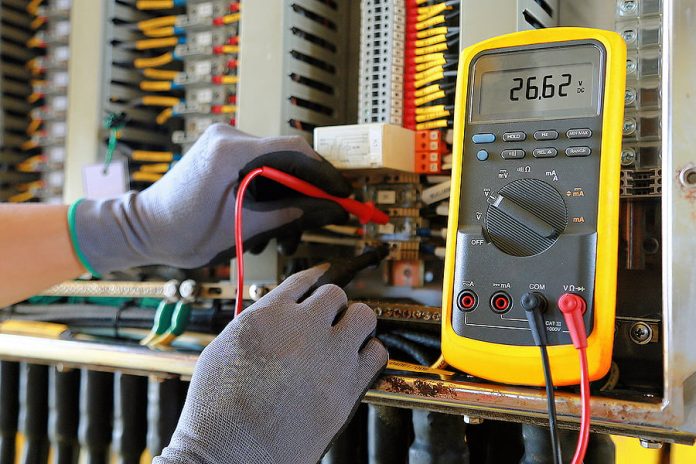When installing long cable runs it’s a very smart idea to include junction boxes in more convoluted circuits to make routine maintenance and troubleshooting easier.
Depending on the nature of the circuit, it’s likely that additional amplification of signals may be required before or after a junction, so take this into account. You’ll obviously need to size boxes correctly so they will accommodate required junction hardware.
Be aware that junction boxes in any kind of electronic security circuit represent a significant vulnerability. That means the installation of anti-tamper junction boxes is vital. Be sure to consider the vulnerability of all cabling when installing a system and try to ensure there are no compromises.
And consider the environment junction boxes will be installed in. Internally use IP65 boxes, which are dustproof and resistant to jets of water, as a minimum. Externally, use IP66 as a minimum and go for IP67 submersible boxes if there’s any chance of flooding. In higher security environments, use IP67 throughout.
Look for features like shielding, flanging, quality silicone seals, location lugs and screws of matching metals – stainless fixings and cast aluminium housings end badly.
If you install plastic make sure its thermo, UV stabilised, rust free fixings, robustness, seals, membraned cable entries and anything else you decide you need. A bellied cover will give around 10 per cent more room in the box without a larger footprint.
Initial cost will be a factor with quality boxes, but your system will be better organised, easier to troubleshoot and more secure if you use high end items.
#securityelectronicsandnetworks.com








